Recipes
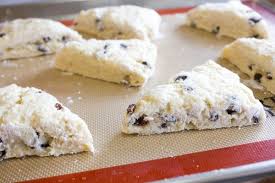
Scone Raisin
rub flour,baking powder, salt, sugar, butter for 45mn in 1st speed, add buttermilk and eggs mix well. rolls a 13cm and rolls the second fols to 12 cm use a cutter 5cm ∅ bake in deck oven at 220℃ for 10 mn
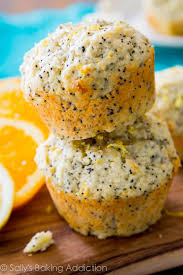
muffin almond poppy seed
Combine fat, sugar, salt and powdered milk (if used) in the bowl of a blender equipped with the paddle attachment. Mix with a smooth paste. Add the eggs gradually and mix well. Add water or milk (liquid) and mix. Sift together flour and baking powder. Add to the bowl and mix to obtain a smooth paste.
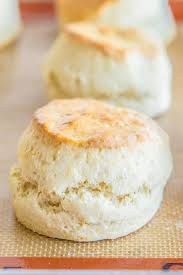
scone
Sift the dry ingredients together in a mixing bowl. Cut the butter, using the palette accessory or the pastry knife accessory; if you prefer, cut the fat by hand, using a pastry blender or fingers. Continue until the mixture looks like coarse cornmeal. Combine liquid ingredients. Add the liquid to the dry ingredients. Just mix until the ingredients are combined and a soft dough forms. Do not mix too much Bring the dough to the bench and knead it lightly, pressing it and folding it in half. Rotate the dough 90 degrees between the folds. Repeat this procedure about 10 to 20 times, or for about 30 seconds. The dough should be soft and slightly elastic, but not sticky. Too much mix hardens the biscuits.
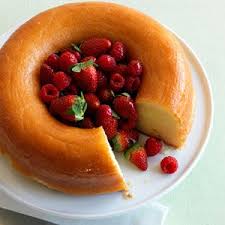
Savarin
make a sourdough with 60gr of warm milk, 60g of flour and 15g of fresh yeast. When the leaven is ready, mix the flour and the rest of the ingredients together and finish with the melted butter, put in savarin molds and let it grow.
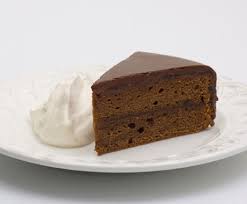
Sachertorte
Slowly melt the chocolate: preferably in a double boiler. Meanwhile, mix the butter with the powdered sugar and the vanilla sugar until you obtain a foam. Incorporate the egg yolks one by one while continuing to mix the ingredients. Preheat the oven to 180°C. Butter the cake pan and coat it with flour. Beat the egg whites with a pinch of salt, add the granulated sugar and whisk them until stiff. Mix the melted chocolate with the sugar and the egg yolks and gently fold everything into the snow whites, alternating with the flour. Pour the batter into the pan and cook for about an hour. Take the cake out of the oven and let it cool. To obtain a smooth surface, unmold the cake right out of the oven, wait 25 minutes, then turn it over. To thicken the apricot jam, heat it beforehand and stir until you get a smooth texture, flavor with a plug of rum. Cut the cake in half lengthwise, then brush one of the jam halves, place the other half on top and use the rest of the apricot jam for the top and around the cake. For the frosting, break the chocolate into small pieces. Simmer the water and sugar over high heat for a few minutes. Remove from heat, pour into a bowl and let cool to room temperature. Too hot, the frosting may be too thin; conversely, if it is too cold, it will be too thick. Add the chocolate and add it to the sweet mixture. 6. Quickly pour the frosting over the cake, all at once, and distribute it immediately around the edge using a spatula or very large knife, smooth. Let the cake sit at room temperature. Serve with whipped cream. If possible, do not store the cake in the refrigerator as this may damage the frosting.
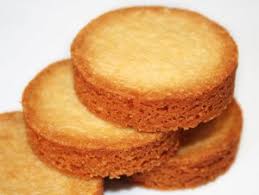
Sablé Breton
Mix the egg yolks and the sugar. Add the soft butter and the flour mix with the baking powder, Shape in cylinger and cut 1cm cookie Bake at 170℃ for 20 minutes

Sablé II
Sabler butter and icing sugar. Add the salt, the eggs, then the almond powder and the flour. Spread 3 mm thick 2.5 in the rolling mill after cold setting. Cut out with a plain round cookie cutter 4 cm in diameter. To brown twice with the egg, to mark with a fork, then to bake in ventilated oven at I60°C during I0 to 12 minutes.
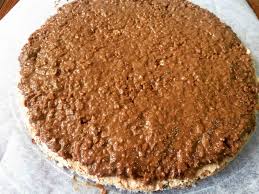
Sablé For Base Cake
Coarsely grind the cooked shortbread. Melt the couverture, mix it with praline and add the pastry. Spread the mass obtained Reserve in the freezer. cut the desired diameter
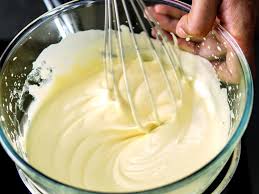
Sabayon
Sabayon: in a bain-marie or microwave oven heat to 85°C, 500 g sugar with 250 g egg yolks, whisk. At 30°C add the melted hydrated gelatin, beat again until cool.

Rice Pudding Pralina
Mix the milk with the sugar, vanilla beans and lemon zests and leave to infuse for 15 minutes. Strain. Add the praliné and bring to a boil. Add the rice and bake for around 20 minutes. Once the rice is cooked, let down with a little cold cream. Set aside in the refrigerator.
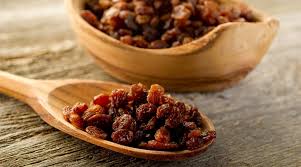
Raisin Confit Rum
make a syrup and add the raisin and rum. soak for few day before use
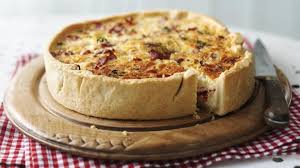
Quiche Filling
mix all the products in the cold cream. poor the dish into a quiche pan and bake 30 minutes a170℃
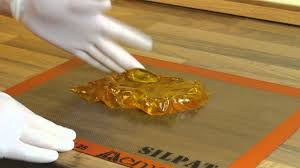
Pull Sugar
cook sugar with glucose and water at 150 ℃ and add citric acid and stop cooking at 168 ℃

Invert Puff Pastry
For the détrempe step, fit a stand mixer with the dough hook attachment and blend all of the ingredients together on low speed and then , once blended, increase the speed one level and mix for 4 minutes. Shape the dough into an 8-inch square, wrap and chill for at least 30 minutes, up to 2 hours. For the beurrage, beat the butter with the flour in the stand mixer with the paddle until smooth. Line an 20 cm square pan with plastic and scrape the butter into the pan, spreading to level (as it will be soft). Chill this until it is the same consistency as the détrempe – this could take 30 to 90 minutes. If the beurrage sets firmly or you are making it well ahead, let it soften to just cooler than room temperature. For the lamination stage, remove the beurrage from the pan onto a well-floured work surface. Dust a heavy rolling pin with flour and roll the beurrage into a rectangle about 40-x-20 cm. Lift the beurrage occasionally to ensure it isn’t sticking to the work surface (after the first roll, it does not stick at all). Place the détrempe in the centre of the beurrage and fold the beurrage overto completely envelope the détrempe. Roll the dough out to a rectangle 50x25 cm, flouring the dough and work surface as needed. Fold into thirds, but be sure to dust off any excess flour with a pastry brush before folding. Rotate the dough 90 degrees and repeat rolling the dough to a 50-x-25 cm rectangle, brushing off and folding into thirds. Wrap the dough, label it with a #1 (for first fold) and chill for a minimum of 2 hours up to a day. For the second fold, roll the dough again into a 50x25 cmrectangle, brush off excess flour and fold into thirds. Rotate the dough 90 degrees, repeat the rolling and folding and then wrap and label the dough with a #2 and chill for a minimum of 2 hours and up to a day. For the final fold, roll and fold the dough the dough into thirds for the final time (just once this time). The dough is now complete, but must be wrapped and chilled for a minimum of 2 hours before using. The puff pastry dough can keep refrigerated for up to 4 days, or can be portioned and frozen for up to 3 months. Thaw in the fridge before using.

Puff Pastry Galette
1. beurre manier: add the first three ingerdient, flour t45, flour t55 and butter. mix with a paddle until smooth texture. keep in cheller 2 day. 2. détrempe: in a dough mixer add water, white vinegar, salt, flour and butter, mix until all ingredient are well incorporate but do not over mix. 3. add the beurre manier and détrempe and do 2 single fold and keep 12 hour in chiller repeat that operation 5 time to get a 10 fold puff pastry
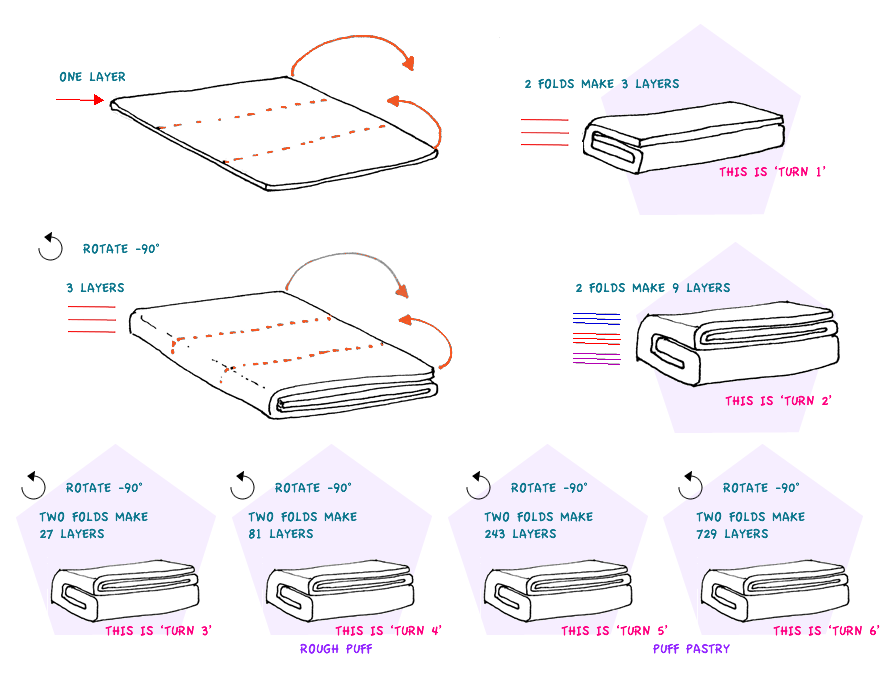
Puff Pastry
Step 1: The main agent for success in the preparation of puff pastry is the dough. It is essential to have the fat and dough of equal consistency, if even laminations are to be attained. If the fat is harder than the dough, the fat will ooze through the dough during rolling. Preparing the dough can be done either mechanically or manually. Use low speed when preparing the dough mechanically to allow slow development of the gluten. When preparing manually, knead the flour, cold water, salt, and lemon juice together on a work bench until the dough is smooth and elastic. A potion of the weighed fat (10 per cent) can be added when making the dough to help in the rolling out of the pastry. Take care when adding the water, as different flours have different absorption characteristics. Step 2: Roll the dough into a ball and let it rest before incorporating the fat. The dough can be chilled in the refrigerator. Step 3: Make the butter block. Cream the butter and add 20 per cent of the flour into the creamed butter and shape it to form a rectangular piece of the same thickness as that of the first rolling of the dough. Refrigerate until set, but not too hard. Flour is added to the butter so that it becomes elastic and rolls along with the dough. ADVERTISEMENTS The consistency of the butter has to be the same as that of the dough, to allow the fat to slide and form a ‘film’ during rolling and folding. If it is too hard, the fat will break down the laminated structure. On the other hand, if it is too soft the fat will squeeze out and shorten the pastry. Step 4: Take the ball of rested dough and cut a cross into the top of the dough by cutting the dough half way through with a knife as shown ADVERTISEMENTS: Step 5: Pull the cut comers of die dough and roll to form a pig. 22.2 Dough rolled into the rough shape of a star as shown Step 6: Now roll each corner of the star to form a shape of’+’. The thickness of the comers should be one fourth of the thickness of the centre Step 7: Now take the butter block and give shape to it. Trim it to the same shape as the centre of the dough and place the fat on the centre part of the dough Step 8: Fold all the four flaps to the centre, so that the entire fat is encased in the dough. Now you will understand as to why the flaps were rolled to one fourth of the thickness of the centre part of dough. The four flaps when folded over ensure that the butter is encased exactly in the middle of the dough. Wrap the pastry with a damp cloth or plastic film and rest the pastry in the fridge for 20 minutes. The pastry is wrapped this way to avoid the formation of scales on top of the pastry, which will result in ‘flying tops’. Step 9: Roll the dough into a rectangle. The length of the rectangle should be three times the size of the width and the thickness should be around 7 mm. Now fold the dough to form a block again as shown in Fig. 22.4. This is said to have completed ‘a single turn’. After folding, the puff paste will look as shown in Fig. 22.5. Chill for 30 minutes after this step is achieved. Step 10: Roll out the dough and repeat the ninth step five more times to achieve six single turns. The dough is rolled by using minimal amount of dry flour, and this should be brushed off when turning folding the dough to give turns. It should be ensured that the closed folded ends are on the same side when pinning or rolling the dough. It does not matter whether the closed end faces the right or the left; but while rolling it must be at one side during all the six turns. English Method: The difference in the French and the English methods is essentially in the rolling of the dough. The making of the dough is same as the first step of the French method. Let us understand the making of puff pastry by English method from the following steps: Step 1: Make the dough as in the French method; but instead of making a ball, sheet out the dough and rest it. Step 2: Roll out the dough to a rectangle which is almost three times of the width and 7 mm thick. Step 3: Roll the butter block so that it is the size of two third of the length of the rectangle Step 4: Fold the clear part onto the dough. The shape will now resemble Step 5: Now fold the part marked ‘A’ in Fig 22.7 onto the part marked ‘B’ and the shape obtained will be same as that of Fig. 22.5. Same care needs to be taken about the folded end and the rolling direction as mention Step 6: Pin out the pastry again to 7 mm thickness and same size of the rectangle as done in the second step. Do five more single turns or four book turns. Roll the dough to form a rectangle, where the length of the dough is at least four times the size of the width. Fold the dough as shown The book fold is mentioned below: The dough should be rested for at least 30 minutes after each book fold is done. Scotch Method: This method is very different from the French and English methods and is also commonly known as ‘rough puff pastry’ method. There are certain products that need the short and laminated effect, but do not require the structure of a real puff pastry. In such cases, the scrapings left over from the puff pastry are used, or if possible, rough puff pastry is made as it is a fairly quicker method and does not require as much care as puff pastry. Let us understand the making of rough puff pastry by the Scotch method from the following steps: Step 1: Sift the flour, cut the hard butter into 1 inch cubes and dissolve lemon juice, water, and salt together. Step 2: Mix flour and cubes of butter together so that the butter is well coated with flour. Now add the liquids to the flour and mix together to form dough. Care should be taken that the butter remains intact during the entire process and so it would be advisable to make the dough manually. Step 3: Rest the dough in a fridge for 10 minutes and then give six single turns or four double turns as mentioned in the last two steps of the French method. Inverted Puff Pastry: This is a reverse style of making puff pastry where the dough is encased in a butter block. The ingredients used in this method are same as that of French or English method; but the quantities of some ingredients and methods of mixing might differ. Let us discuss the steps used in the production of inverted puff dough. Step 1: Make dough with chilled water, lemon juice, salt, and some amount of fat and chill in the refrigerator. Step 2: Make a butter block. Here the amount of flour added to butter is at least 35 per cent and not 10 per cent as in the case of the French and English methods. The amount of flour is high, because the fat needs to be rolled. Roll out the butter block to a rectangle and this can be easily done by placing the block between two sheets of plastic and pinning it. Step 3: Dust the work table with flour and place the rolled out dough on top of the butter block. Please ensure that the size of the butter and the dough are same. Press the dough down onto the butter block by knocking it down with a rolling pin and roll out to a rectangle where the size is three times the size of the width Step 4: Now proceed for five single turns as done in Steps 9 and 10 in French method. This method does require lots of flour initially while rolling. Care should be taken to brush off all the excess flour with the pastry brush before giving the folds.
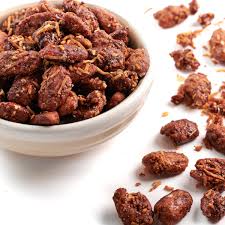
Praline Coconut
Roast the almonds in the oven at 150°C for 10 minutes. Remove from the oven and allow to cool. Transfer the cooled almonds to a food processor and mix with the icing sugar and desiccated coconut until a praline is formed.
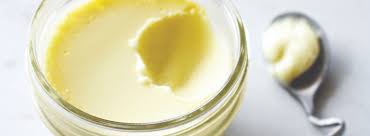
Pot De Cream Vanilla
boil the milk with maple syrup, vanilla and lota to 86℃ for a perfect setting. pour on the verinne quikly and place in refregirator add fresh berry on top before serving
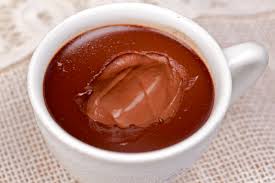
Pot De Cream Chocolate
boil the milk with the sugar, cocoa powder, and lota. need to boil to 86℃ for a perfect setting. pour rightaway to insert or verinne . whip the cream lighlty without sugar and pour on top of the chocolate cream served cold
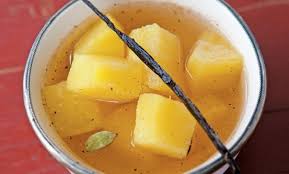
Poach Pineaple
in a sauce pan add add the pineapple cut in dice, bunoise or julienne. add water, sugar and white rum. cook until a boil and tranfer to a container. keep in chiler to macerated
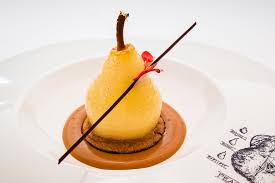
Poach Pear
in a sauce pan add the water, sugar, vanilla bean and orange zest and boil for few minute. Add the eau de poire and the pears william peels and cut in quarter. Cook the pears william for 10mn and place in container then in chiller.
